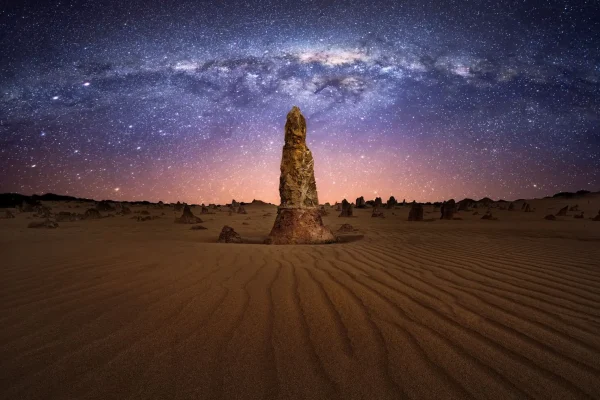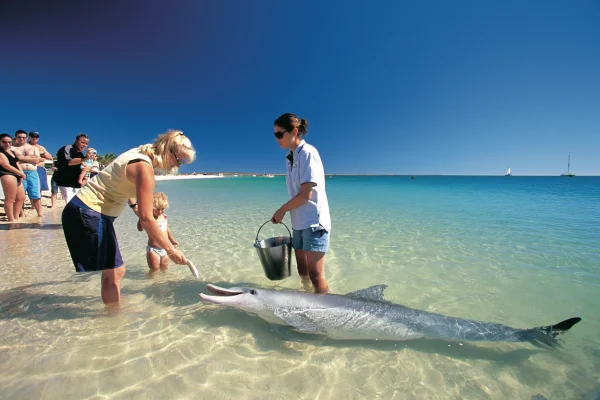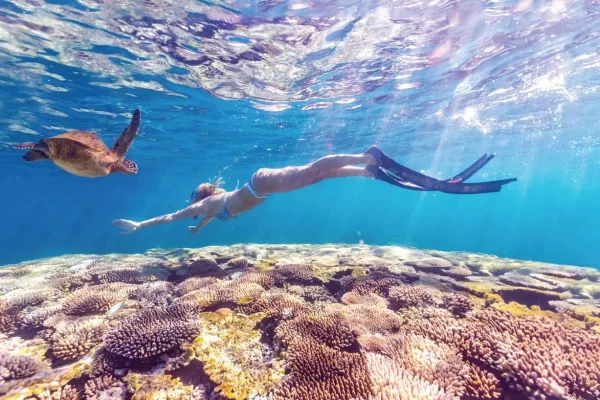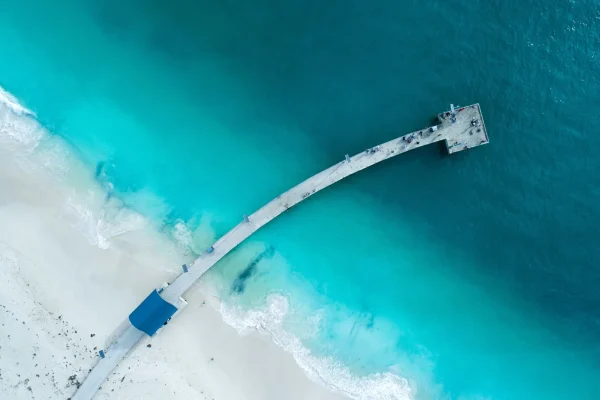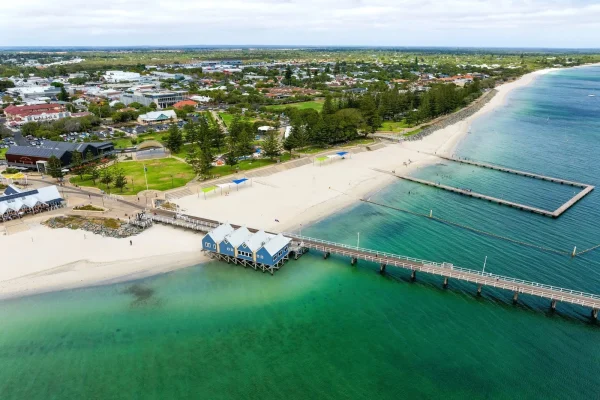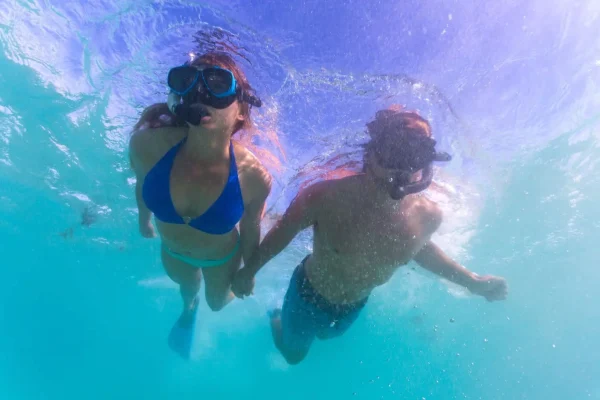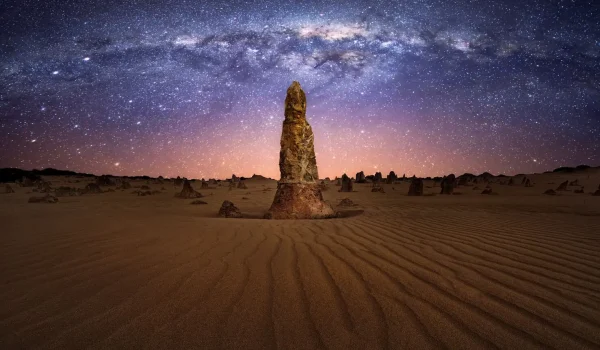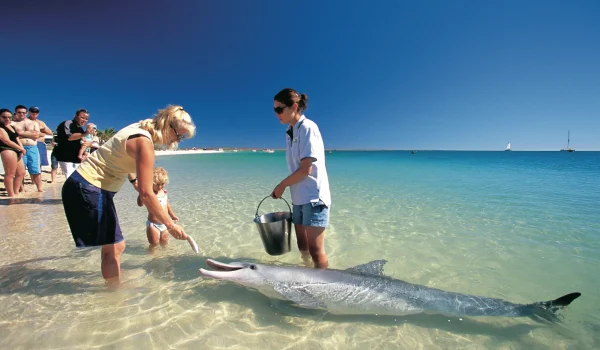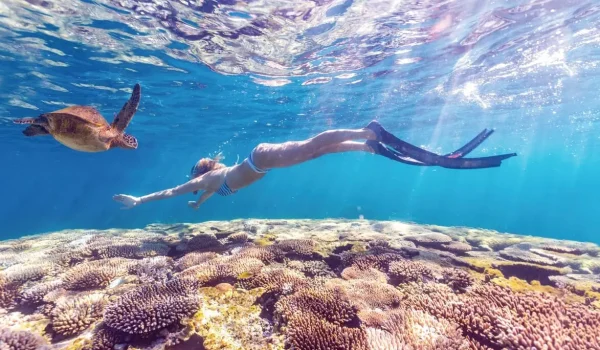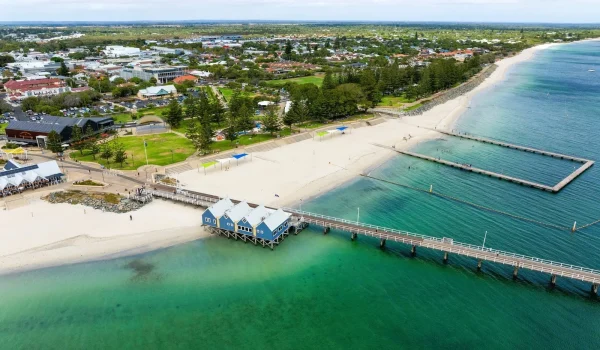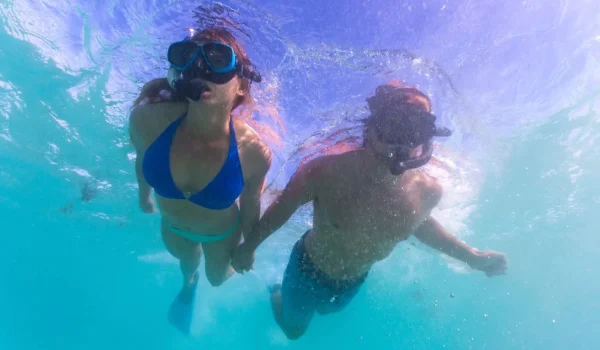Few places in Western Australia will stop you in your tracks like the Pinnacles WA — thousands of limestone spires rising out of golden desert sand, inside Nambung National Park. Just a short hop north of Perth along the Western Australian coast, the Pinnacles Desert is an otherworldly patch of rock formations that feels more like Mars than a fishing town’s backyard. I’m share what it’s really like to visit: geology without the jargon, cultural stories, road trip quirks, plus a feed of fish and chips or Western Rock Lobster to top it off.
The Story Beneath Us
One of the best bits of the Pinnacles Desert is how it all came to be. The sight of thousands of weathered pillars sticking up from the sand is cool, but when you know the story, it’s even more amazing.
Around 30,000 years ago, this was a coastal area where seashells broke down over millions of years, mixing into the sand and creating deposits of lime-rich sand. As rainwater trickled through these sands, it carried calcium carbonate down deeper, cementing the grains together into stone. Over time, this produced layers of Tamala Limestone, a type of rock found only in the coastal dunes of Western Australia.
Vegetation played its part too. Roots penetrated the sandy layers, encouraging the cementation process, while coastal winds did the final shaping. As the wind shifted and eroded the overlying dunes, the hardened geological formations were exposed. Today, we see thousands of these limestone formations, each one different. Some are topped with iron-rich minerals that give them a burnt orange colour, especially in the late afternoon sun.
When you are standing there, it’s easy to imagine this as the work of an artist’s hand. But the truth is, it was just time, weather and sand doing what they do best. This combination of natural forces created one of the most famous landscapes in Western Australia.

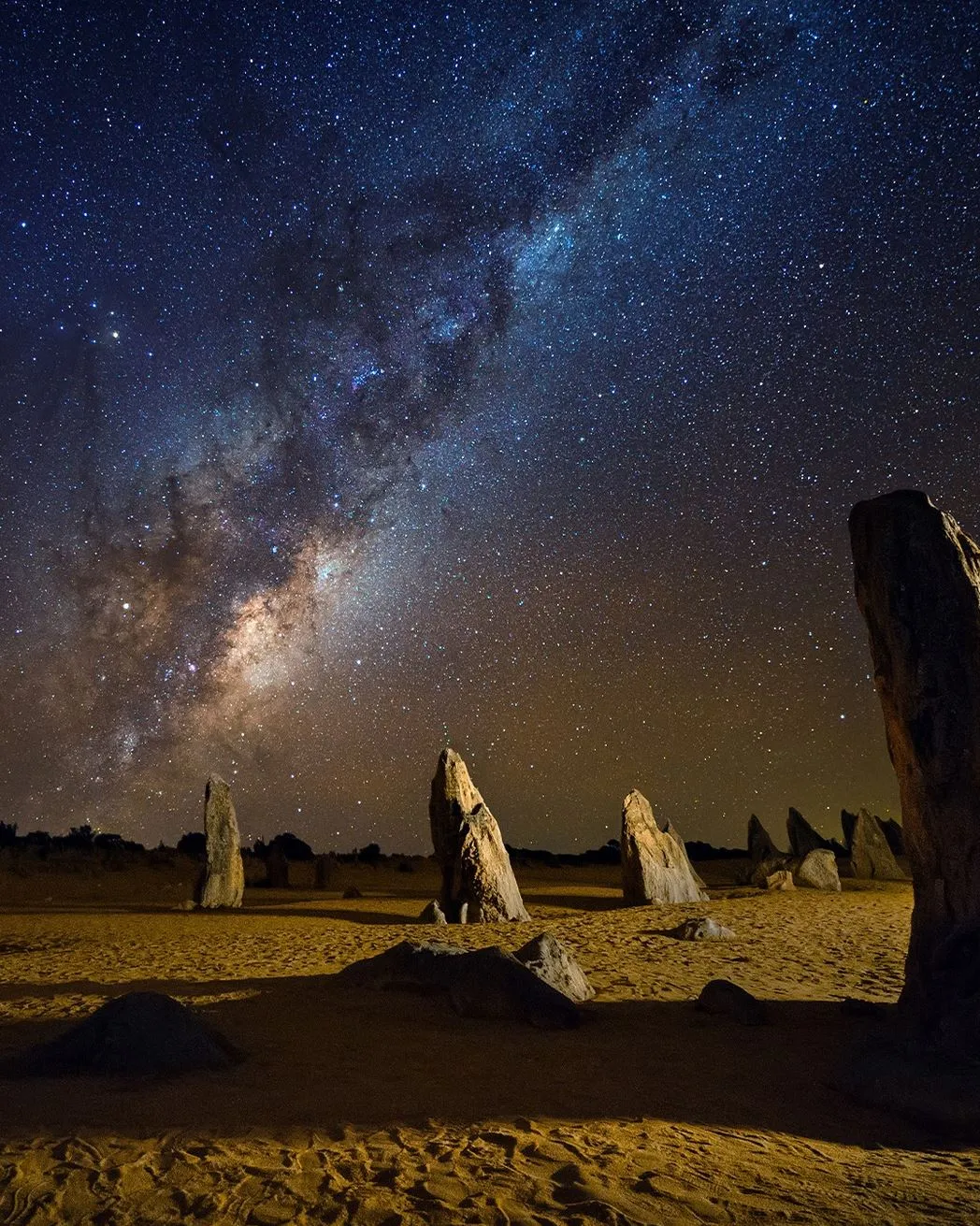
Best Time for a WA Desert Road Trip
Tourism Western Australia will tell you the park is open year-round, and that’s true. But here’s the no-frills version: summer in the desert is rough as guts. Expect 35–40°C and a wall of flies. Winter is cooler but can be windy along the Indian Ocean.
The golden months? Autumn (April–May) and spring (September–October). You’ll get wildflowers on the coastal heathlands, comfortable temperatures, and fewer school-holiday crowds. And if you’re a night sky tragic like me, spring offers those unbeatable Milky Way conditions above the spires.
How to Get There
The Pinnacles sit in Nambung National Park, about 200 kilometres north of Perth. Driving up Indian Ocean Drive is an epic road trip in itself — sealed road, easy cruising, and coastal scenery the whole way.
Real-world travel notes:
- Fuel up in Perth or Cervantes; don’t risk running low.
- Road trains thunder along the highway — give them room.
- Closest stopovers are RAC Cervantes Holiday Park and Cervantes Lodge, both minutes from the park.
- On the way, you can detour to Yanchep National Park, or push further north later to Jurien Bay.
- If you’ve got longer, tie it into a bigger coastal loop: Rottnest Island, Margaret River, the South West, or even inland detours like Wave Rock.
- If you are short on time, a 1 Day Pinnacles Tour from Perth is a popular option, often combining a guided walk through the desert with a seafood lunch at the Lobster Shack in Cervantes.
Walking and Driving Trails
The Pinnacles Desert Discovery Centre sets you up with maps and interpretive info, but once you’re in the sand, it’s a choose-your-own adventure.
- Driving Trail (4 km loop): A sandy but firm track weaving among the pillars. 2WD-friendly unless rain makes it boggy.
- Walking Trail (1.5 km loop): Slower pace, with signs explaining limestone formations and cultural stories.
Both will get you in the mood. I recommend doing the drive first for the overall view, then park up and walk for the details.

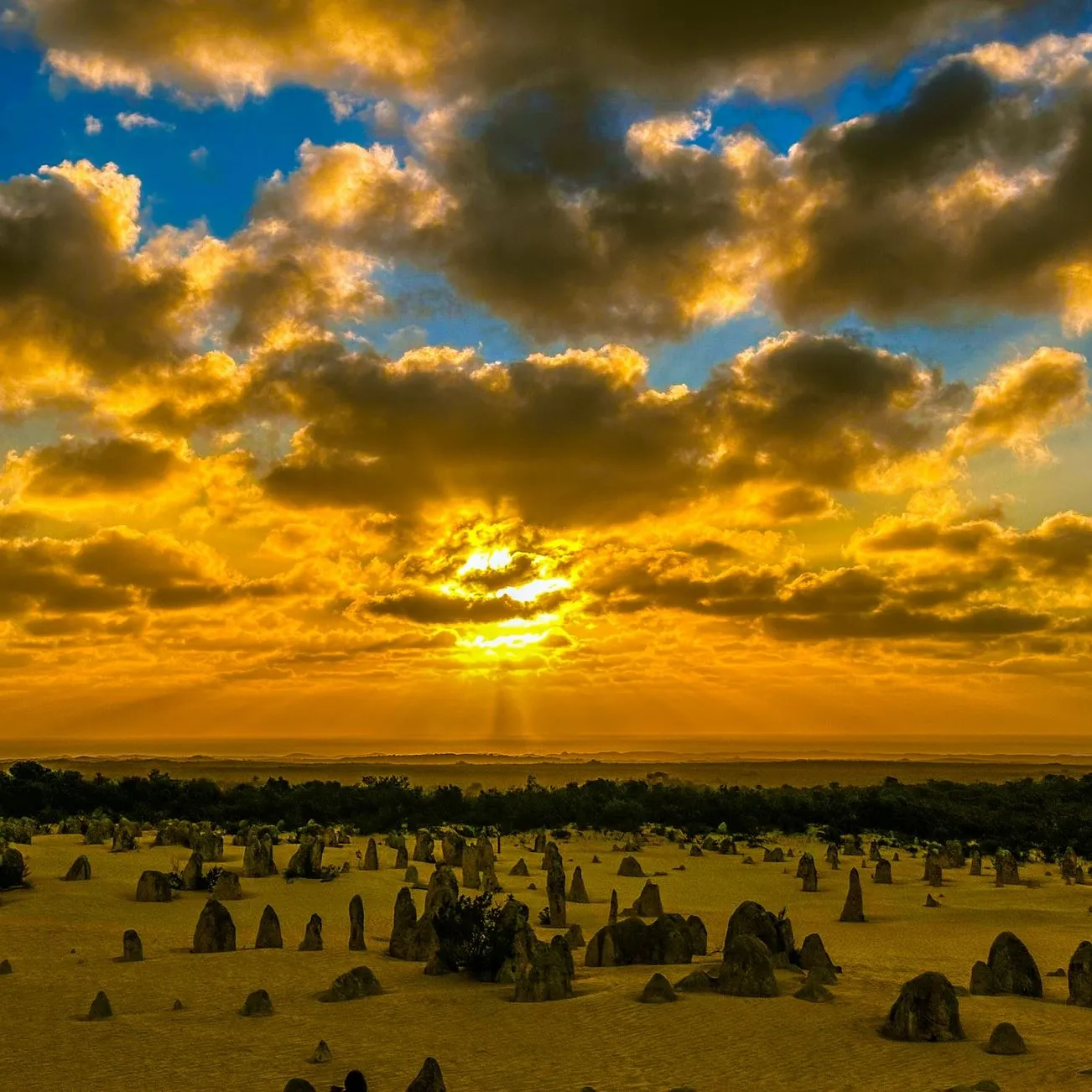
Pinnacles at Sunset and Night
I think the best time to visit the Pinnacles is at sunset. During the day, the sun is harsh, the light is flat, and the crowds are at their peak. But as the day winds down, the landscape changes.
As the sun sets into the Indian Ocean, the spires turn gold and orange, and the shadows stretch across the desert floor. Photographers set up tripods, travellers drink water or tea, and everyone waits quietly for the sky to turn from blue to fire. Then, as the darkness falls, the stars start to appear one by one until the whole Milky Way stretches across the sky. With no light pollution, it’s one of the best astrophotography spots in WA.
Standing in the desert with the stars above and the limestone pillars glowing faintly in the moonlight is a life experience.
Road Trip Add-Ons: Make a Day or Weekend of It
You’ve already driven two hours north. Don’t spin around and head back straight away — make it a proper WA coast trip.
- Cervantes: Famous for the Lobster Shack, where you can eat freshly cooked Western Rock Lobster with chips.
- Lake Thetis: Just outside town, this lake is home to stromatolites — living fossils of life billions of years ago.
- Jurien Bay: Swim with sea lions or take a dive charter. Great spot for a seafood lunch, too.
- Yanchep National Park: On the way back, spot koalas and caves.
- Big loops: Cervantes to Rottnest Island, Margaret River or the South West wine region. Inlanders can add Wave Rock for the desert.
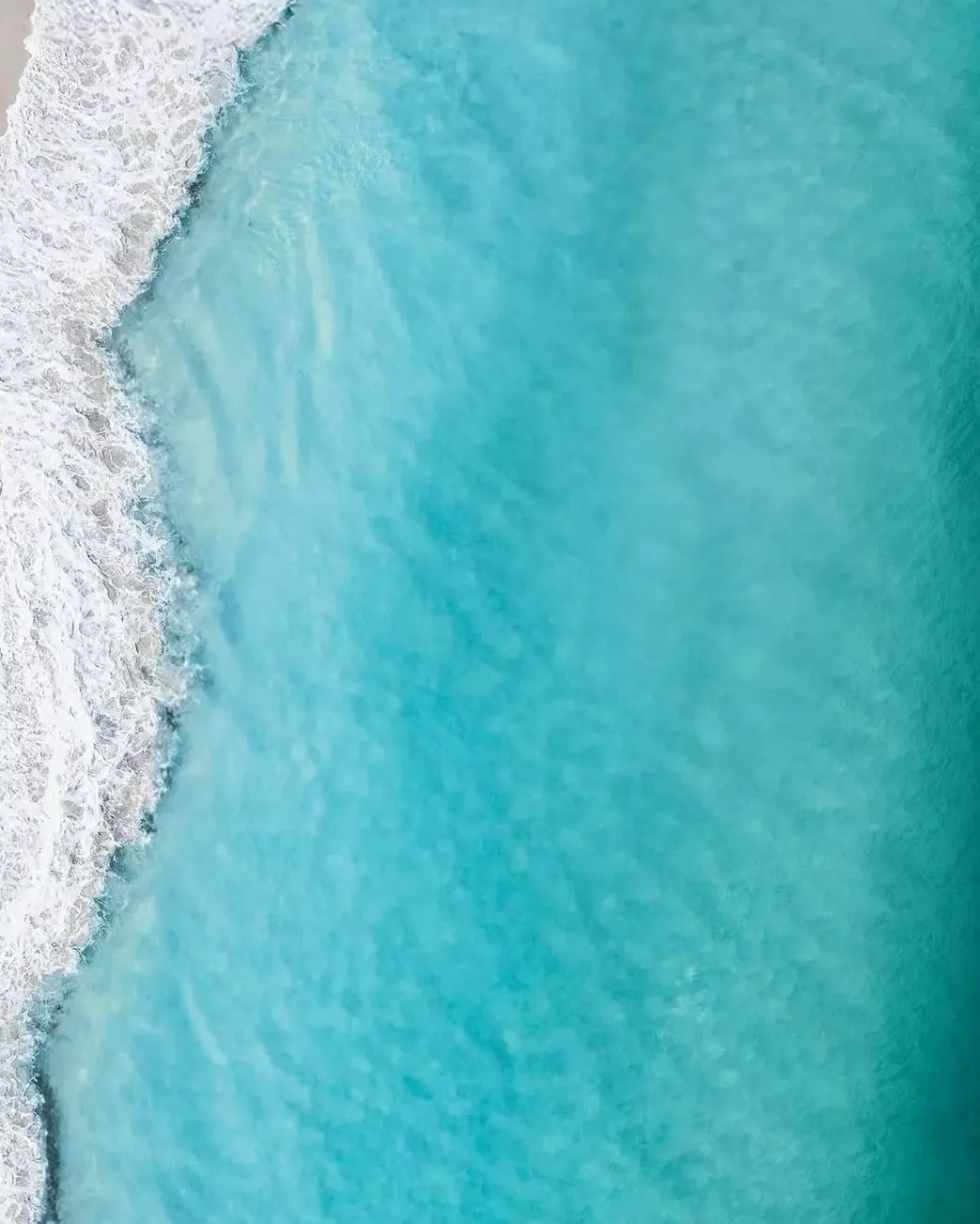
Entry Costs and Access Details
Here’s the Nambung National Park entry fee breakdown (2025):
| Ticket Type | Cost | Notes |
| Private vehicle (up to 12 people) | $17 | Day entry |
| Concession | $10 | Eligible cards |
| Motorcycle | $10 | Per bike |
| Annual WA Parks Pass | From $120 | Covers all National Parks |
| Tour bus (13+ passengers) | $8 pp | Paid by the operator |
Entry includes the Pinnacles Desert Discovery Centre.
Pay at the gate or online.
Open daily; Discovery Centre 9 am–5 pm.
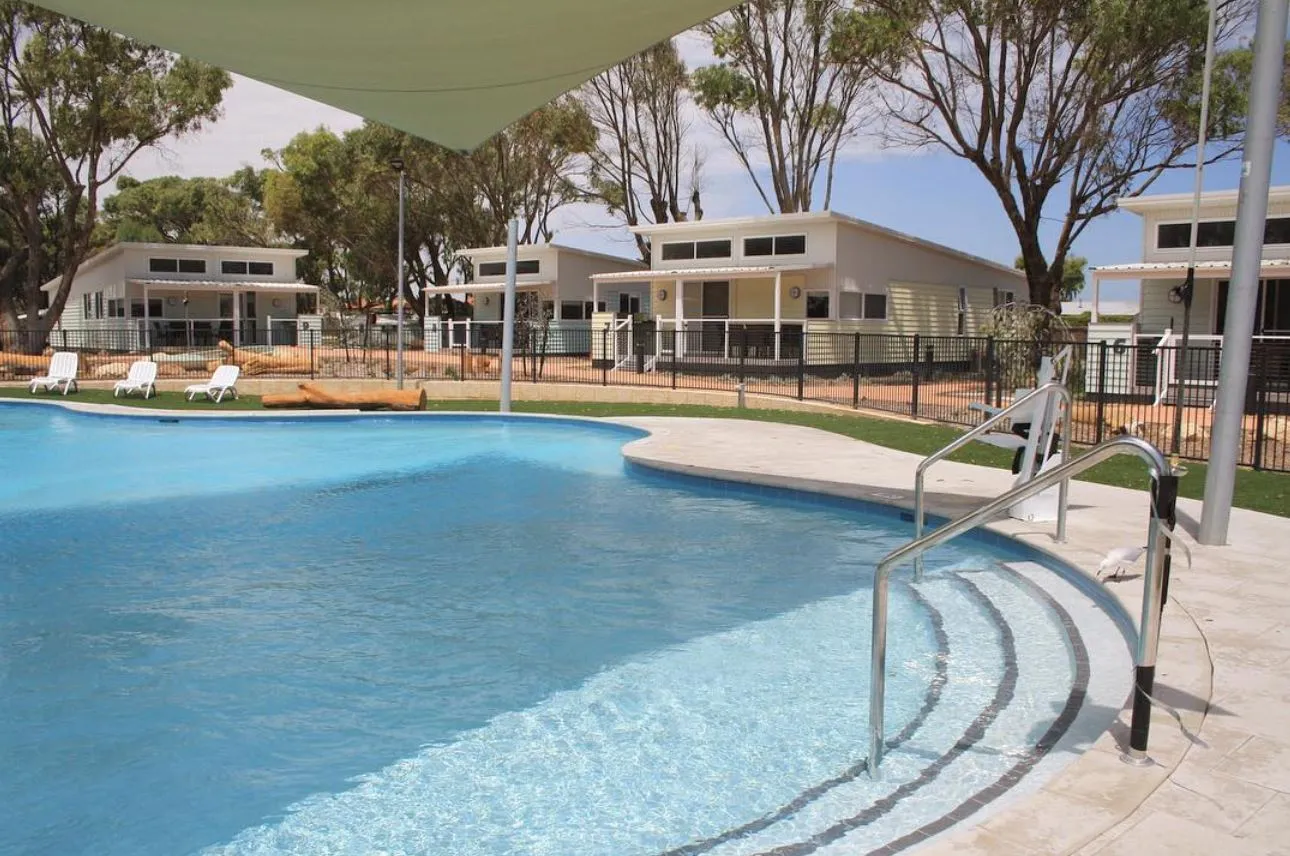
Practical Tips and Checklist
Before you go, here is a practical checklist that has saved me more than once on trips to the Pinnacles:
- Hat, sunglasses and sunscreen — the sun here is brutal.
- At least 2 litres of water per person.
- Fly net in summer, unless you enjoy going mad swatting at your face.
- Mozzie repellent for sunset.
- Snacks and meals — no café in the park, only vending machines at the Discovery Centre.
- Sturdy shoes if you plan to do the walking trail.
- Torch or headlamp if you are staying past dusk.
- Full tank of fuel before you leave Perth or Cervantes.
If you are staying overnight, book your accommodation early. RAC Cervantes Holiday Park and Cervantes Lodge are popular options, especially on weekends. Both are close to the park, RAC is more family-focused, and the Lodge is better for backpackers or couples.
FAQ
Is the Pinnacles Desert Discovery Centre worth visiting?
Can you do the Pinnacles as a day trip from Perth?
Is there food inside Nambung National Park?
Do you need to book Australian Pinnacle Tours in advance?
Yes. Popular with international visitors. Booking ensures a seat, especially in the spring school holidays.
What else pairs well with a Pinnacles trip?
Nearby Lake Thetis, Jurien Bay, or a bigger loop including Rottnest Island, Margaret River or inland to Wave Rock.

